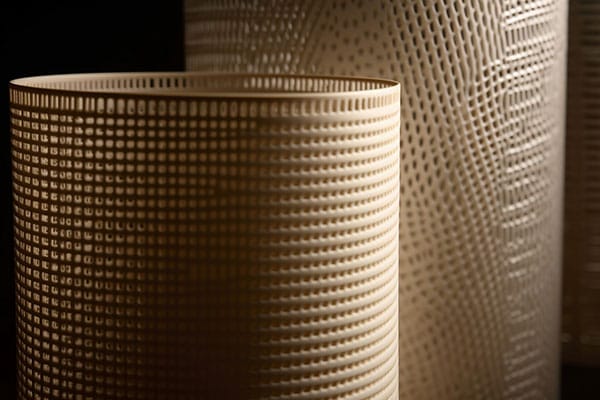
How to Improve the Stability and Durability of Polyester Monofilament when it is Humid?
Polyester monofilament is vital in materials science, being applied in textiles, industry, and medicine due to its high strength and wear resistance. In the

Polyester monofilament is vital in materials science, being applied in textiles, industry, and medicine due to its high strength and wear resistance. In the

Role and Principles of Anti-PID Additives in Photovoltaic Modules As the photovoltaic (PV) industry expands, PV modules are being increasingly adopted in various applications
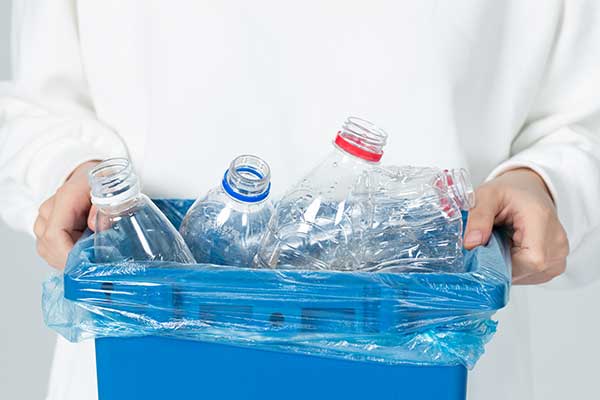
I. Introduction and Background Information on Chain Extenders and Hydrolysis Resistance Agents in rPET Products A. Overview of Recycled Polyethylene Terephthalate Products rPET (Recycled
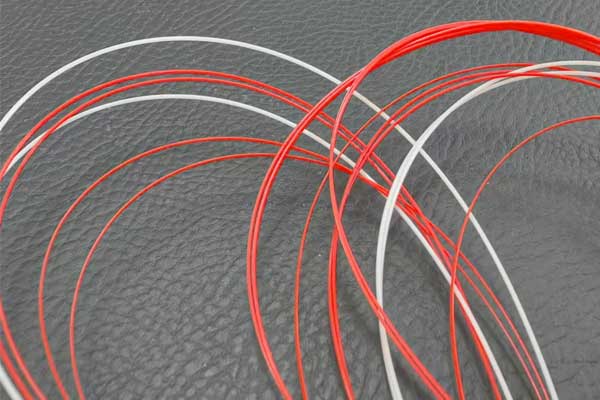
Due to its outstanding mechanical properties, chemical resistance, and durability, polyester monofilament has been widely used by many industries. In high-humidity and high-temperature environments,
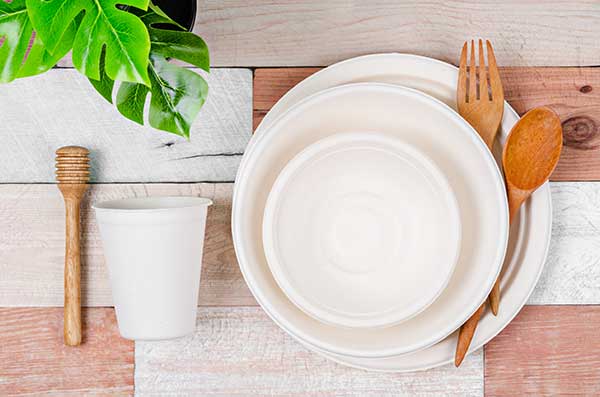
1. Introduction Polylactic acid (PLA) and poly(butylene adipate terephthalate) (PBAT) are two biodegradable polymers that have gained wide attention. PLA, made from renewable resources
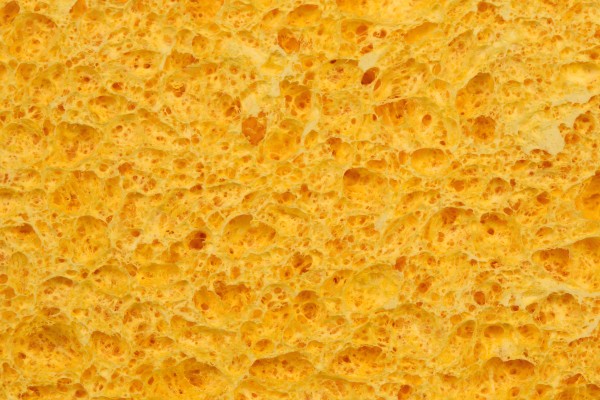
Introduction Polyurethane (PU) foam is a popular material, widely utilized across multiple industries for its cushioning, insulation, and lightweight characteristics. However, its susceptibility to
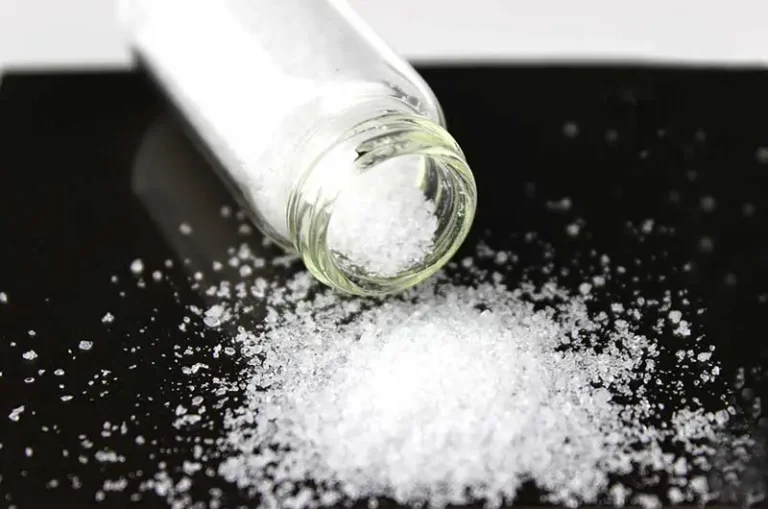
Chain extenders and anti-hydrolysis agents both play crucial roles in polymer material manufacturing processes; yet each has distinct features and purposes. This article aims
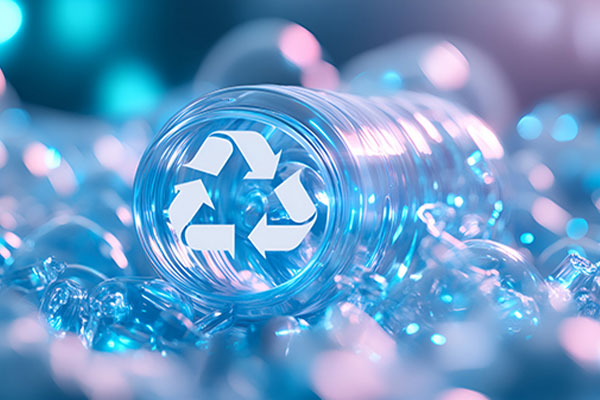
Recycled PET (rPET) is rapidly gaining popularity as industries shift toward sustainable materials. One key aspect of rPET’s performance is its intrinsic viscosity (IV),
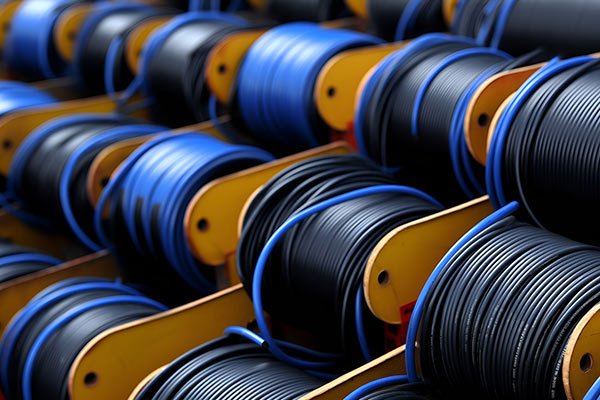
Millable polyurethane rubber has become widely utilized due to its exceptional properties. Unfortunately, due to moisture exposure and subsequent hydrolysis reactions, polyurethane rubber can
We will contact you within 1 working day, please pay attention to the email with the suffix “@langyitech.com”.